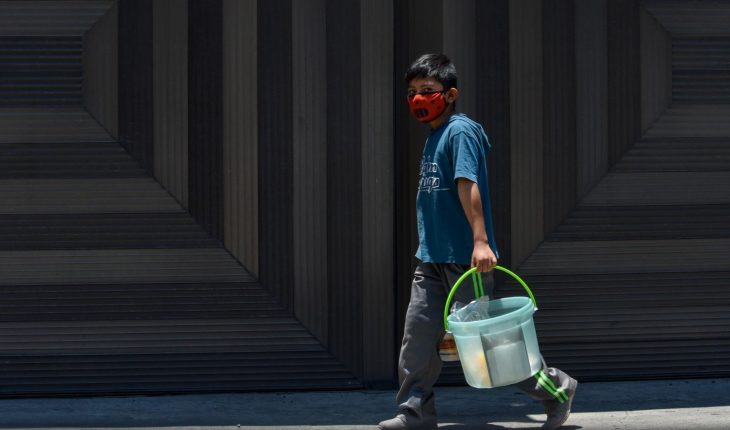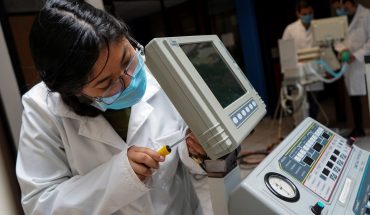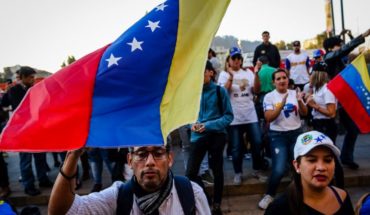The impact of the COVID-19 pandemic on Mexico’s economy will cause many children and adolescents to enter the labor market to try to improve their families’ incomes. The projection of the International Labour Organization (ILO) is that child labour in the country should increase between 0.7 and 1%, which involves between 21 thousand and 30 thousand minors, according to Marisela Reyes, of the Network for the Rights of Children in Mexico (Redim).
You may be interested: How do children feel about the pandemic? Minors will tell their experiences in international forum
The Economic Commission for Latin America and the Caribbean (Cepal), for its part, has calculated the increase in child labour in Mexico by a little less, 0.4%, but stressed that it will be a two-year setback in combating this problem, stressed Alejandro López Mercado, Director of Administration of the National System of Integral Protection of Girls, Children and Adolescents (Sipinna).
Specialists participated in the presentation of the report Children with rights: Child labour and forced child labour in Mexico, by researchers Alicia Vargas and Sandra Mejía, published by the Network of Women Trade Unionists and the Friedrich Ebert Foundation.
Vargas noted that when poverty increases, the work of minors increases, even though it does not serve as a mechanism to get out of it, but quite the opposite.
“Child labour does perpetuate is the poverty of families themselves. The income generated by child labour is not important enough to reduce family poverty; it is only a palliative that contributes to the immediate needs, the immediate urgency of the acquisition of goods, sometimes food, sometimes school, sometimes clothing… the most immediate, but not necessarily the working child becomes a fundamental and strategic supporter for changing the poverty of the family,” he said.
The correlation between poverty and child labour is most pronounced among indigenous people, which is also the one with the worst economic conditions, as shown by the measurements of the National Council for the Evaluation of Social Development Policy (Coneval).
“Among the non-indigenous population, 15.7% of children work, while in the indigenous population child labour more than doubles, exceeding 36% of the indigenous children working. (…) Unicef points out that 40% of working children do not go to school, but in the indigenous population the percentage rises to almost 60%,” the report says.
Official data are that of the more than 29 million children between the age of 5 and 17 in the country, 3.6 million work, about 11%. And of those, 1.2 million do not have the minimum legal age to work, which is 14 years, so they are not under any supervision or regulation, which leaves their human rights unprotected.
Read more: Battles to learn at home: this is what classes look like in the middle of the pandemic
Specialists emphasized the need to address the problem of child labour also with a gender perspective. The pandemic has aggravated and made it visible that much of the unpaid work of care and home work is done by female girls and adolescents.
9.9% of domestic services are performed by girls, while there are only 1.1% of children. In addition, the pay gap starts from these ages: in the most urbanized areas, underage males earning three minimum wages are five times more than the women who get to perceive that.
What we do at Animal Politics requires professional journalists, teamwork, dialogue with readers and something very important: independence. You can help us keep going. Be part of the team.
Subscribe to Animal Politics, receive benefits and support free journalism.#YoSoyAnimal
translated from Spanish: Up to 30,000 children will start working for the impact of the pandemic
December 2, 2020 |





